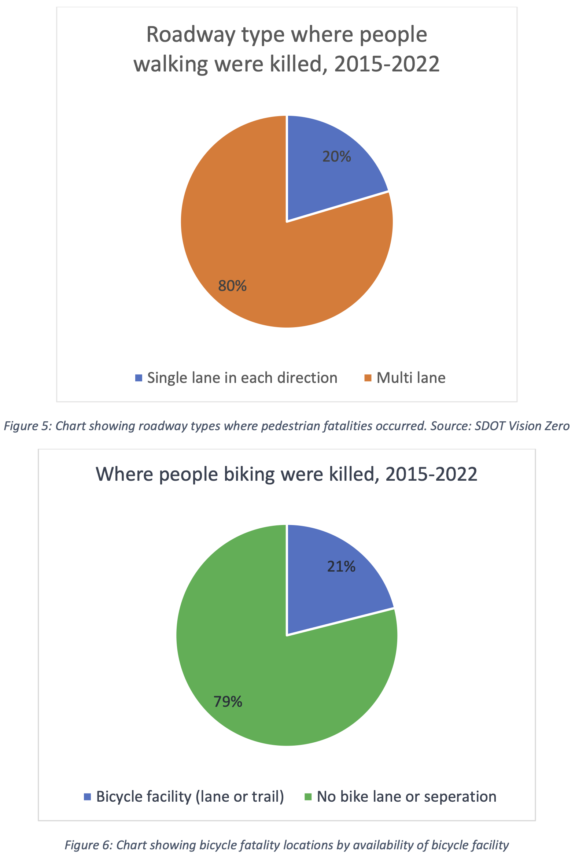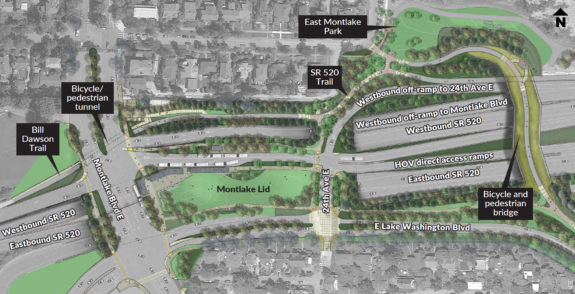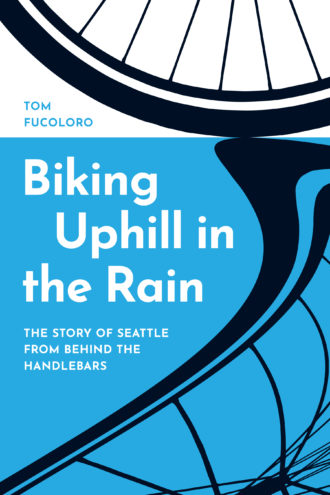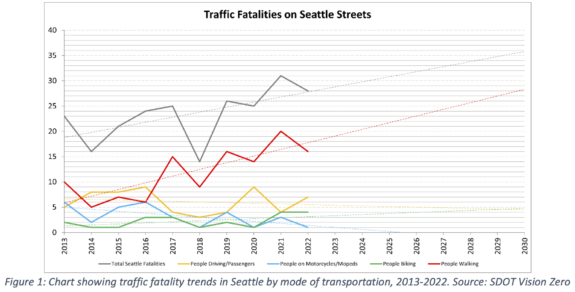 On his first day on the job, SDOT Director Greg Spotts pledged a “top-to-bottom review” of the department’s Vision Zero program to figure out why traffic injuries and deaths are increasing, especially for people walking and rolling. He assigned employees from outside the Vision Zero team to perform the review, and they released a draft of their findings Thursday.
On his first day on the job, SDOT Director Greg Spotts pledged a “top-to-bottom review” of the department’s Vision Zero program to figure out why traffic injuries and deaths are increasing, especially for people walking and rolling. He assigned employees from outside the Vision Zero team to perform the review, and they released a draft of their findings Thursday.
The document is mostly designed to be inside-facing, meaning it is intended to guide the department on how it can better deliver safer streets. But it also notes a few areas where the department needs outside help, mostly in the form of clear leadership and better funding for safety initiatives.
Most of the findings are probably not news to regular readers of Seattle Bike Blog, but it’s good to see them confirmed. For example, they found that when the city makes safety changes to streets, streets get safer.
“We found that safety interventions and countermeasures used by SDOT to advance Vision Zero make our streets safer,” the report notes. In fact, the report does not in any way place the blame for Seattle’s lack of safety progress on the existing Vision Zero program team. Every time it analyzes the team’s work, it finds that they are effective. The team has produced valuable data highlighting problem areas that need safety fixes citywide, and the relatively few projects they have led have made those streets safer. The problem is that they are just a small team with a very modest budget. A few miles per year will not get us to Vision Zero any time soon, especially at a time when deaths are on the rise nationwide. One way to put it is that the national and statewide trend of increasing traffic deaths is overpowering Seattle’s Vision Zero efforts in recent years. But that’s not an excuse, it’s a call to action.
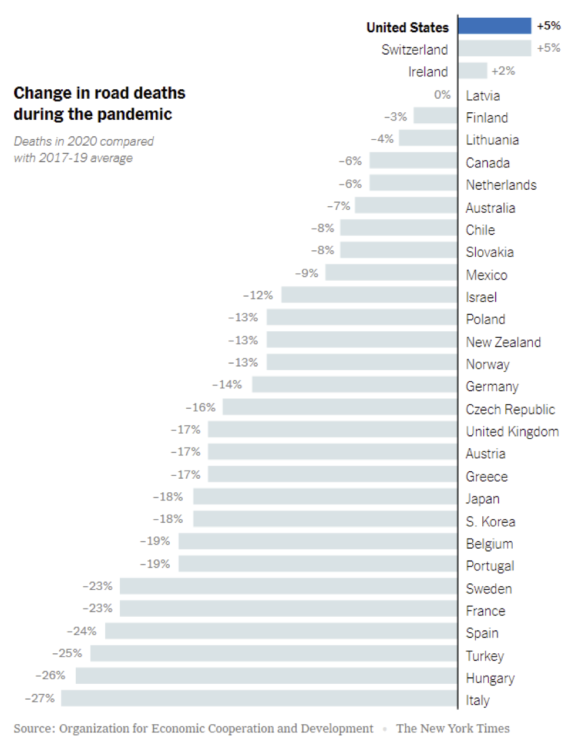 Vision Zero is supposed to be a department-wide goal, and that’s where the work often falls short. The report offers a list of strategies for doing better. “We also identified dozens of potential opportunities to improve SDOT’s Vision Zero efforts – by strengthening policies and improving policy implementation, streamlining decision-making, improving project delivery, and moving more quickly toward broader implementation of proven interventions where they are most needed.”
Vision Zero is supposed to be a department-wide goal, and that’s where the work often falls short. The report offers a list of strategies for doing better. “We also identified dozens of potential opportunities to improve SDOT’s Vision Zero efforts – by strengthening policies and improving policy implementation, streamlining decision-making, improving project delivery, and moving more quickly toward broader implementation of proven interventions where they are most needed.”

